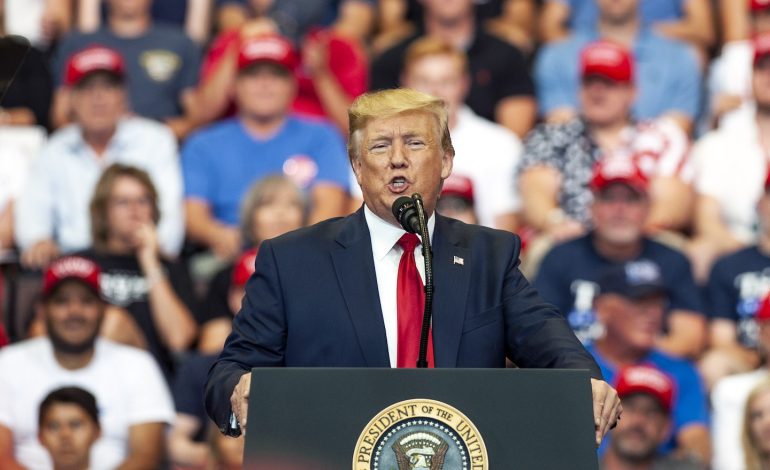Court Blocks Trump’s Broad Tariffs
A U.S. trade court has struck down most of Donald Trump’s tariff actions, ruling that he went beyond his legal power. The court said Trump violated the Constitution by using the International Emergency Economic Powers Act (IEEPA) to impose sweeping import duties without Congress’s approval. This law is meant for real emergencies, not general trade policy.
The ruling immediately cancels Trump’s tariff orders made under the IEEPA since January 2025. The court emphasized that only Congress has the authority to manage trade with other countries.
However, legal experts say Trump still has several tools he can use to push his trade agenda if he returns to the White House.
1. Section 122 – Fastest Tariff Option
Under Section 122 of the Trade Act, Trump can quickly apply tariffs of up to 15% on imports to fix a trade deficit or stop a sudden drop in the U.S. dollar’s value.
- No investigation is needed, so it can be enforced within days.
- These tariffs can last up to 6 months, but would need Congressional approval to continue afterward.
This may be Trump’s quickest and most flexible path to restart tariffs.
2. Section 301 – Targeting Unfair Trade
The U.S. Trade Representative (USTR) could reopen investigations under Section 301 of the 1974 Trade Act, targeting unfair trade practices by countries like China.
- This process takes several months, requiring a probe and public comments.
- There is no limit on how high or how long tariffs can be applied.
Trump previously used this law during his first term to impose tariffs on $370 billion in Chinese goods, sparking a long trade war with Beijing.
3. Section 232 – National Security Tariffs
Trump has also used Section 232 to set tariffs on steel, aluminum, and launched probes into pharmaceuticals and semiconductors.
- The law lets the president apply tariffs for national security reasons.
- This process is slower and also needs public feedback.
Analysts believe if Trump can’t target specific countries, he may return to sector-based tariffs instead.
4. Section 338 – A 1930 Law Making a Comeback
Another option is the rarely used Section 338 of the Trade Act of 1930, which allows tariffs up to 50% on countries that discriminate against U.S. products.
- It’s similar to Section 301 but has a tariff cap.
- It does not require a formal investigation, making it easier to activate.
Although this tool hasn’t been used in decades, Trump could revive it.
Conclusion
The recent court ruling limits Trump’s use of IEEPA for trade, but he still has multiple legal pathways to impose tariffs using older or alternative laws. If re-elected, Trump’s trade policies may once again shift global commerce through aggressive tariff actions under these provisions.






